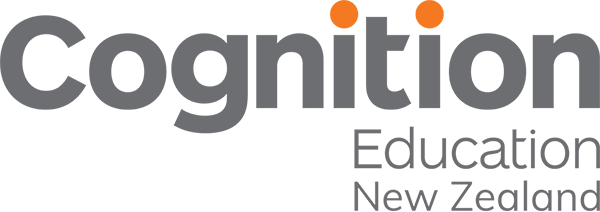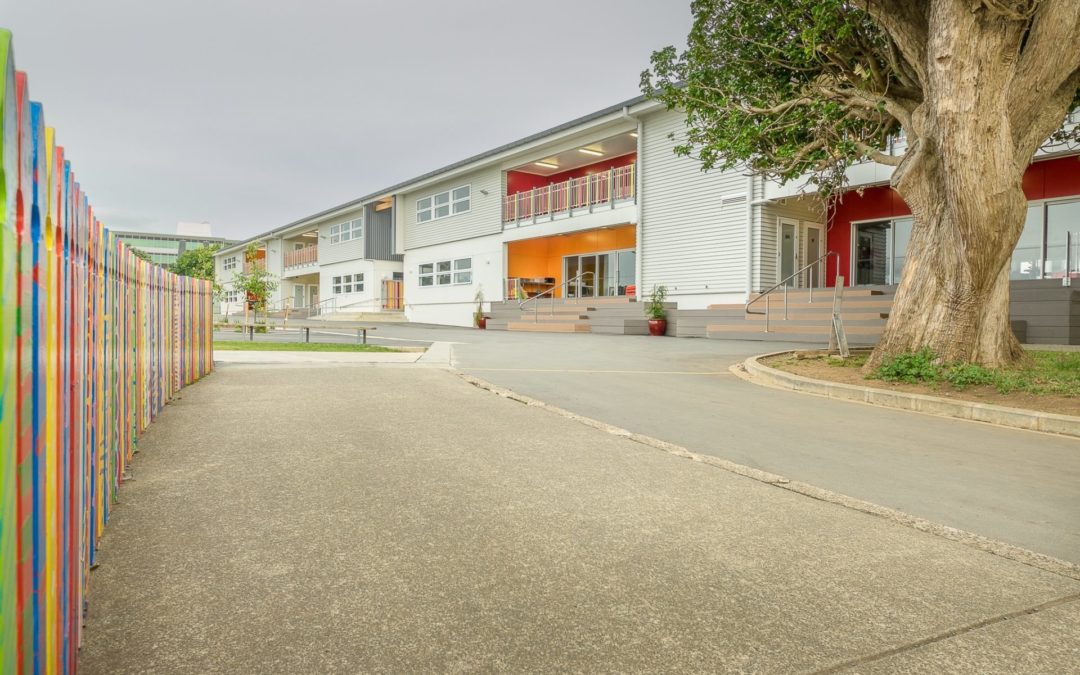Q+A with Jacque Allen
Regularly we sit down with an expert from our team to discuss the work they do, the challenges they see in schools, and what inspires them to do what they do. This term we sat down with Cognition’s resident Innovative Learning and Digital Technologies expert, Jacque Allen, to discuss the changing physical environment of schools and how this impacts everyone involved.
How did you realise your passion for innovative learning and learning with digital technologies?
I have always taught differently; I believe this stems from a fantastic teacher I had in sixth form history. Instead of just reading about history we made movies, created posters and recorded radio interviews to make the people in our history pages come alive. It is from being a learner in her class that made me realise, this is how I wanted to teach, letting students be creators, collaborators and researchers.
Since 2008 I have had a real passion for how learning spaces and digital technologies can enhance learning and teaching. And as I approach my 27th year of teaching I am still passionate about how teachers, learners and whanau can create impact that will last a lifetime. I am of the belief that students should experience ‘education by design, rather than education by surprise’, when teachers collaborate and create learning settings based on best practice (all the time focusing on the individual learners) we have learners experiencing great teaching and not just by chance but by design.
How do flexible learning environments and learning with digital technologies complement each other? Can you do one without the other?
This is not a matter of one without the other, a learning environment for a student is all things; the space you physically walk into, the virtual space you interact with, the opportunities for agency, connections and collaboration and more importantly the relationships students build and foster with peers, teachers, whanau and the wider community. You can have a fantastic new flexible environment and have all the devices you think you need, but if the learning is constantly controlled by the teacher, if the curriculum is non-engaging and if you lack authentic relationships then no amount of green and orange furniture or Chromebooks can change the learning and teaching experience. Flexible learning environments and learning with digital technologies are only two aspects of innovative learning. It is not about what you have but how you use what you have got, I often say “let’s love what we have got and make the most effective use of it”.
What would you regard as the most common mistake a school can make when they make the decision to transition to a flexible learning environment?
The most common mistake is allowing and sometimes even engaging teachers and students to work in the flexible environment as though it is a single cell environment. Some leaders also believe a team of teachers will just ‘work it out’, but we know from experience that without intentional professional development around collaborative practice there is usually many false starts and a lot of frustration. After four years working with schools on collaborative practice, I can honestly say no two schools are the same, and nor should they be. Many leaders make the mistake of adopting what a school down the road or on the web is doing and ‘sticking that in’. There is no one ‘cookie cutter’ approach. When working in flexible environments leaders need to create the systems and processes that work for all, these should be co-constructed from within. That’s not to say you can’t learn from others trials and errors. Another mistake commonly made is leaders thinking the answer lies in their newest teachers. We still do not have teacher training that reflects a collaborative working environment for teaching and learning, so even our newest graduates are lost in this flexible environment, thinking they can automatically work in these spaces without support is a serious mistake.
What would you say to an educator or parent who’s skeptical of flexible learning environments?
First step is to ask, “what will change and what will stay the same?” Most parents are usually surprised that so much existing teaching and learning will remain, as the school is usually looking into best practice before there is a new space created. I advise parents to inform themselves, search out the research and try not to listen to opinion or rumour, this is dangerous. Every school is self-governing in New Zealand and all have unique ways to engage students and deliver the New Zealand Curriculum, so ask the school how the space is going to enhance learning opportunities. My advice is to ask lots of questions around the students owning their learning, ask where the opportunities are for self-directed learning or how social learning will be promoted or how the space will be used, and which teachers will be the best fit for their child’s learning needs.
What makes Cognition’s Innovative Learning Framework so unique?
The framework provides a way for leaders, teachers and Boards of Trustees to discuss the complex issues around working in new ways in learning and teaching. The framework sets up a shared language and unpacks the understandings around the areas that are impacted when there is a change in physical environment or new pedagogy is being implemented. The framework was developed from research around the five identified dimensions; curriculum re-design and implementation, collaborative practice, learner agency and authentic learning, learning with digital technologies and flexible learning spaces, and these dimensions allow all stakeholders to unpack what their context is experiencing or trying to achieve. It is unique in its use as it avoids a ‘cookie cut’ approach and enables leadership teams to drill down into what is required for their school to move forward. The dimensions of the framework all interlink and are at times interdependent, this enables rich conversations across all aspects of a schools learning and teaching processes with multiple stakeholders.

